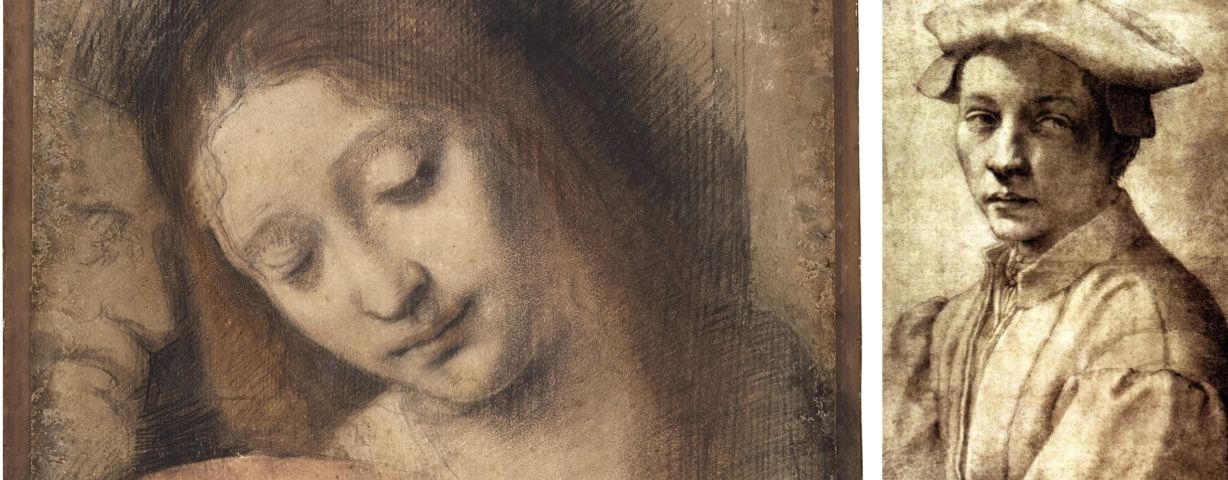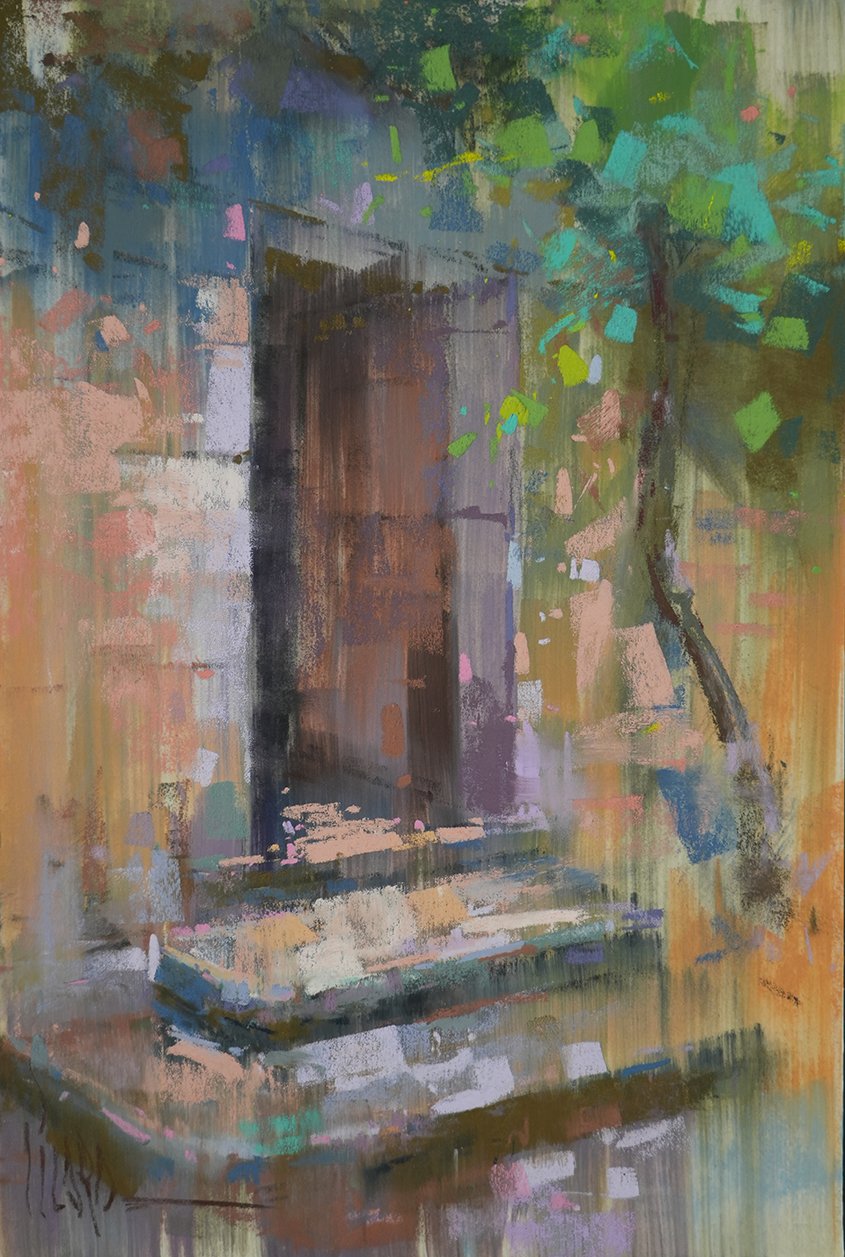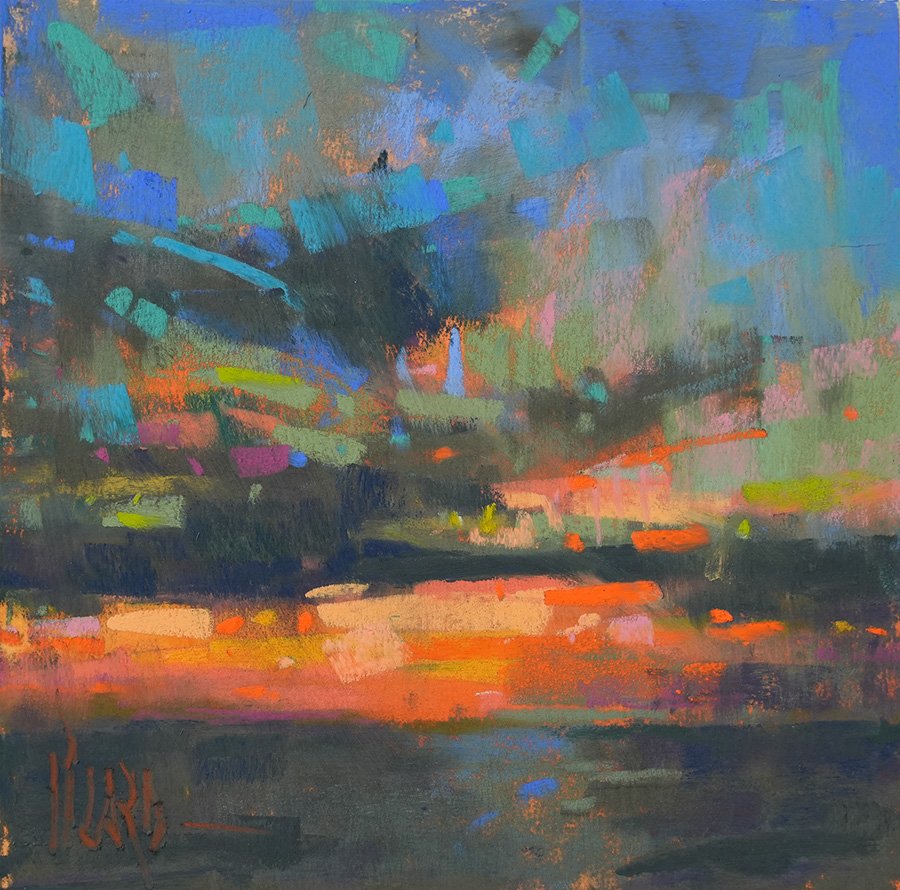Take Your Viewer on a Journey
It’s fall here in Connecticut, and I have recently been enjoying painting country roads. I find them to be such a beautiful metaphor for the journey of life. Meandering paths to unknown destinations, embracing the beauty around us, and taking the road less traveled. These country roads remind us that life is so much more about the journey than the destination. They also give us a great opportunity to design the flow into our work.
I would love to share a few ways you can strengthen your design in your landscape paintings.
☑️ Compose with Thumbnail Sketches
When it comes to designing the flow, it’s always the right time for thumbnail sketches to search out your composition. Thumbnails help you to simplify the basic values of your scene as you break it down to the basic abstraction and look for depth, flow, shapes and structure.
☑️ Anchor Your Focal Point
Consider the place in the scene that really attracts you to it, the area that calls your interest. This is the focal point. When you identify this spot, you can consider how the structure of the composition will lead you into and through this important area, then assess other parts of the scene that may need to be cropped or altered in order to keep the emphasis on your focal zone. A focal point doesn’t need to be a parking spot in the painting, it can be a lovely place to linger along the way.
☑️ See Value Masses
Simple value masses are critical to strong design. You should narrow them down to just 3 or 4 basic values for thumbnail sketching. Keep them simple! Be sure to squint your eyes and look for strong abstract shapes, rather than focusing on specific things like trees, fences, fields, and roads. Think abstractly in terms of light and dark value masses and try to eliminate details.
Alain Picard, “Gaining Momentum,” 7x16” Pastel on UART500
I hope these tips help create a flow of design that takes the viewer on a fulfilling journey through your work. Keep creating and sharing the beauty you see with the world around you!
Be inspired,
Alain
PS. Looking for a country road to paint? Enjoy this video of the European countryside and paint along! Landscape Painting Demo - Blue Country View
















